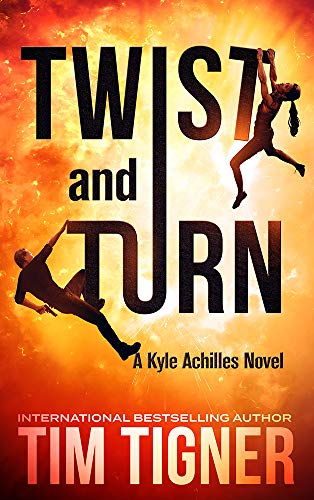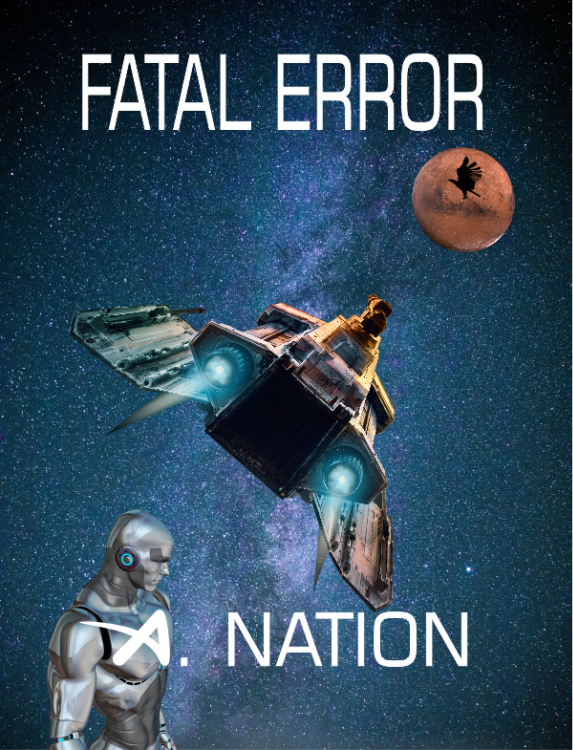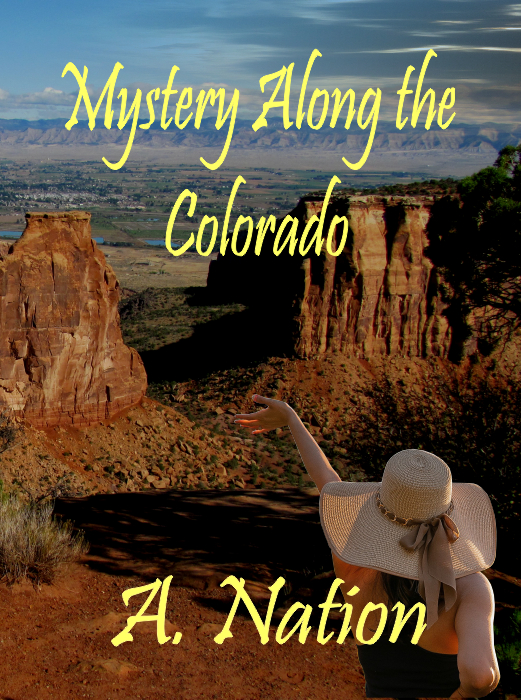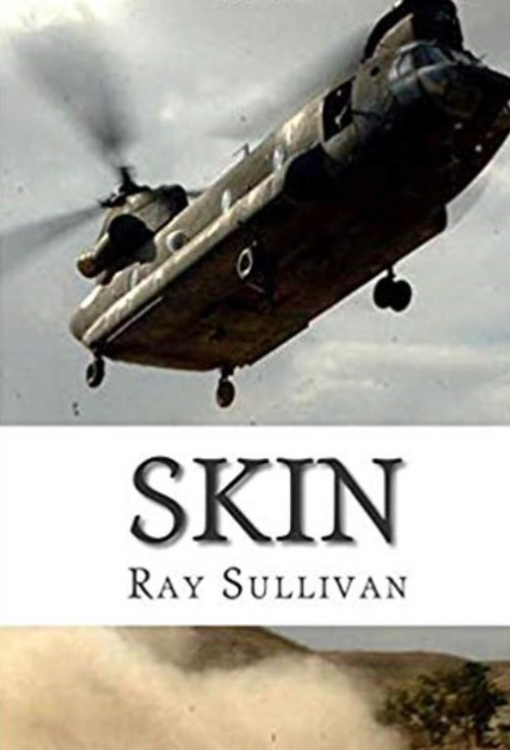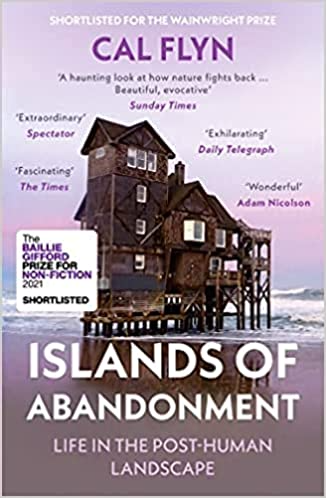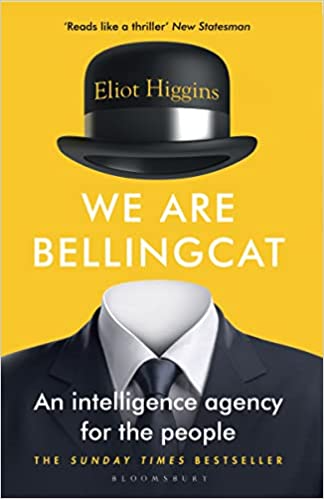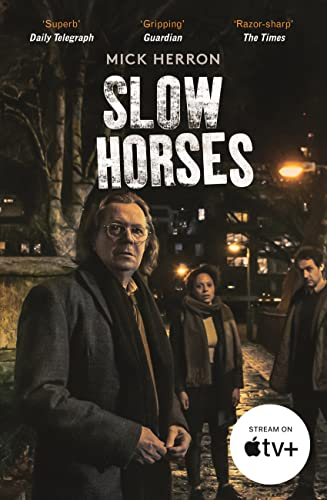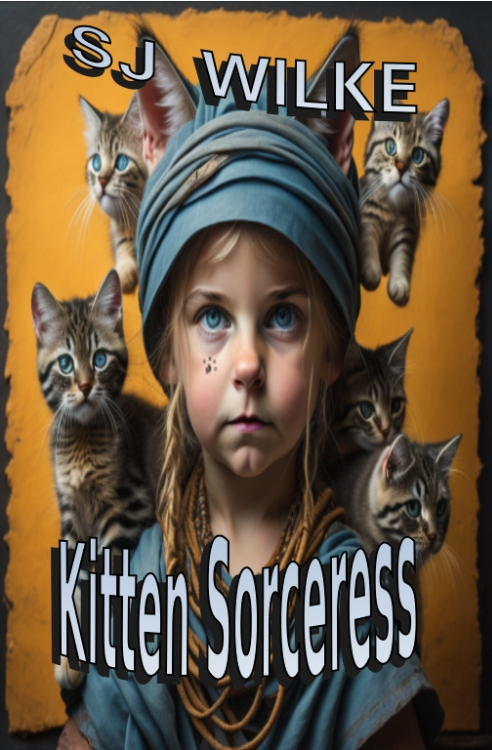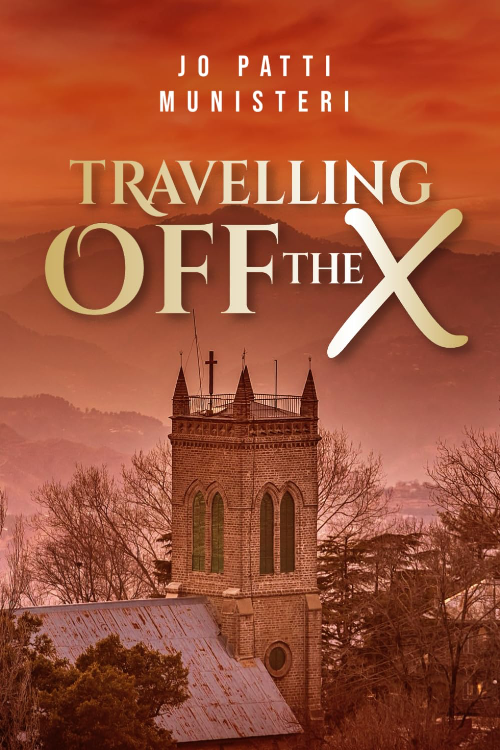Tess Gerritsen - queen of romantic suspense
Interview by: Profile Editorial Team, 10/01/2021
Tess Gerritsen is a retired physician. A graduate of Stanford University and the University of California Medical School, Tess had a full-time career as a doctor until fiction writing intervened.
Her first novel, Call After Midnight, was published in 1987. Since then Tess has penned a string of bestsellers, including Harvest (1996), Life Support (1997), Bloodstream (1998), Gravity (1999), The Surgeon (2001), The Apprentice (2002), The Sinner (2003), Body Double (2004), Vanish (2005), The Mephisto Club (2006), The Bone Garden (2007), The Keepsake (2008; UK title: Keeping the Dead), Ice Cold (2010; UK title: The Killing Place), The Silent Girl (2011), Last To Die (August 2012), Die Again (2015), Playing With Fire (2015), I Know a Secret (2017) and – in October 2019 - The Shape of Night. Her books have been published in forty countries, and more than 30 million copies have been sold around the world.
Tess has won the Nero Wolfe Award (for Vanish) and the Rita Award (for The Surgeon). Critics around the world have praised her novels as “Pulse-pounding fun” (Philadelphia Inquirer), “Scary and brilliant” (Toronto Globe and Mail), and “Polished, riveting prose” (Chicago Tribune). Publisher Weekly has dubbed her the “medical suspense queen”.
Her series of novels featuring homicide detective Jane Rizzoli and medical examiner Maura Isles inspired the TNT television series 'Rizzoli & Isles'starring Angie Harmon and Sasha Alexander.
Now retired from medicine, she writes full time.
Questions about writing
Tess, could you take us through your writing process? Many of our readers are also writers themselves, and it’s always interesting to see how writers manage their time, the sequence they go through in creating a new work of fiction – the nuts and bolts of writing a bestseller
Tess: I wish I could tell you how I do it, but the truth is, storytelling is a mysterious process. Much of what I do is purely intuitive — knowing which way to steer a story to give it the biggest punch, when to throw in the curveball, where to place the plot “reveals.” When I read work by aspiring authors, the most common mistakes they make are about not having a sense of what’s dramatic. They’ll write pages and pages of action — car chases, gun battles, etc — and action itself is actually boring on the page. It’s tension keeps us engaged as readers. As a writer, I spend most of my time thinking up ways to create that tension, even if it involves just the minor details of life.
I start off, as everyone does, with the “what-if,” and I look for the premise that already has inherent tension. E.g., a corpse wakes up in the morgue — who is she and how did she get there? or an ancient Egyptian mummy gets a CT scan and everyone’s shocked to see a bullet buried in the leg — how can the mummy actually be ancient? From there, I just start writing. I don’t do character sketches ahead of time. All I know about the characters is their age, their gender, and their occupation. Their character develops with the situations I put them through, and I love seeing character revealed in the course of writing. I avoid “biographical dumps” at all costs — I don’t know who this person is but I will learn along the way.
I don’t outline, and usually I have only a vague idea of where the story is going, maybe a few chapters ahead of where I am. Beyond that, there’s a wide-open landscape where I can take any turn and find myself in a surprising new place.
I try to write about 1,000 words a day, which gets me to a first draft in about 6 months. I write my first draft with pen and unlined typing paper, because seeing words on a computer screen turns on the editor in my brain and I want that editor to shut up. Then I revise and revise, usually about 5 drafts before I’m happy with the story.
A well-told crime novel makes the reader’s pulse race and the adrenaline pump
You’re a very prolific writer. Would you say that the discipline of Medicine has played a part in this?
Tess: I think it’s more the fact that I always feel compelled to finish what I start, and I can’t give up on a story until I know how it turns out. And as for being prolific, I’m actually a rather average writer in that regard. At my fastest, I turned out about a book a year. I wish I could write more quickly, but because I don’t use a blueprint for my plots, my storytelling process involves a lot of trial and error. So I waste a lot of time writing myself into blind alleys and then writing myself out of them.
Staying with a medical theme: writing as a means of exploring our shared humanity. Presumably a physician’s life provides endless material for understanding people in extreme circumstances. Do you draw on your medical experiences in your writing? Do you think you would have been as successful a writer without those experiences?
Tess: Every single experience we have as human beings feeds into our storytelling. Whatever your occupation — stay-at-home mom, teacher, lawyer — you will use what you know in your stories. Medicine is a particularly rich mine for stories because as a doctor, you encounter people from all walks of life. A hospital is where dramas play out, whether it’s the beginning of life or the end of life, and to work with patients is to witness the best and the worst of humanity. I could have been a writer without being a doctor, but I think my experiences in medicine gave me endless material for my plots.
For Playing With Fire you went the extra mile and wrote a violin piece, Incendio. That’s an unusual step for a writer to take. Did the act of composition provide you with insights about storytelling?
Tess: It was the other way around. I never intended to compose music to accompany the story, but in telling the story, I had to describe in detail a fictional piece of music called “Incendio.” Writing those descriptions must have fed into my subconscious. I described it as a haunting waltz that gradually becomes more and more complex and disturbing, accelerating and climbing, with a clashing series of tritones — otherwise known as ‘the devil’s chord” in medieval music. After months of writing about “Incendio,” the melody itself came to me in a dream. The morning I woke up with it in my head, I was able to sit down at the piano and immediately play the melody. The story led to the music.
What do you think draws us to murder and crime? Crime fiction is such a large section in any bookshop – is that healthy for humanity?
Tess: A well-told crime novel makes the reader’s pulse race and the adrenaline pump, and as human beings, we seem to enjoy that safe bit of excitement. It’s the same reason we like to ride roller coasters and watch scary movies — the exhilarating thrill that comes from being just a bit scared — but not utterly terrified. I don’t know if it’s healthy for humanity, but it seems to be ingrained in our DNA. And perhaps it’s a good way of letting off pent-up tensions that might manifest in less healthy ways.
Questions about The Shape of Night
Perhaps an unfair question to ask when you’ve gone to the trouble of writing an entire book, but: could you sum up the plot of The Shape of Night for our readers? Or at least give them a teaser to ignite their interest?
Tess: A troubled woman retreats to a seaside mansion which she’s rented for the summer. When she glimpses what she thinks is the ghost of the long-dead sea captain who once lived there, she wonders if the house is haunted — or if she’s going insane. At first she thinks Captain Jeremiah Brodie is the perfect lover — until she learns that every woman who’s ever lived in the house has died in that house. Is the ghost responsible for those deaths, or is a flesh-and blood killer at work?
Who’s your main character? How do we find them at the start of the story?
Tess: Ava Collette is a troubled cookbook author who’s haunted by a guilty secret and desperate to find solace. She tries to forget her sorrows by fleeing north to Maine, where she hopes to finish the book she’s been struggling to write. Her only companionship is her troublesome cat Hannibal — until she realizes she is not alone in Brodie’s Watch. Someone — or something — shares the house with her.
I don’t outline, and usually I have only a vague idea of where the story is going, maybe a few chapters ahead of where I am. Beyond that, there’s a wide-open landscape where I can take any turn and find myself in a surprising new place.
The book is set in your home state of Maine. You set Bloodstream in Maine, too, didn’t you? What do you look for in a location? How significant is place in your imaginative process?
Tess: I think of Maine as both a place and also a state of mind. It’s a place where you can find solitude and wildness and beauty, which is a plus for any story. When I write about the fictional town of Tucker Cove (where Ava is living) I also write about the psychology of small-town life. There’s an insular quality of a small town, where outsiders remain outsiders, and secrets are seldom shared.
Would you tell us a little about the combination of romance and suspense? This combination is familiar territory for you – does the whole become greater than the sum of the parts, do you think?
Tess: Long before I became a writer, romantic suspense was my favorite genre to read. I devoured novels by Victoria Holt and Phyllis Whitney, and later I got hooked on reading the Harlequin Intrigue line. The genre requires just the right balance between the mystery and the love story, and the challenge is to not let one overshadow the other. Rather, they should enhance each other, and what better way to bump up the intensity of a romance than to throw in some danger? When the hero and heroine are fighting for their lives, they need to trust each other. The threat of death ramps up the speed of their falling in love while also increasing the stakes of the mystery.
For any readers unfamiliar with your work, which authors do you feel closest to in style or approach?
Tess: Lisa Gardner, Tami Hoag, and Lisa Unger.
You’ve written a ridiculously large number of bestsellers. Which of your books are you most fond of?
Tess: My favorite books seem to be the titles that sold the fewest copies. Perhaps they’re my favorites because they were the most challenging to write, so they’re the stories I’m proudest of: GRAVITY and THE BONE GARDEN.
We look forward to the publication of The Shape of Night. Good luck with the launch. When is it out, and how can fans ensure they’re at the front of the queue?
Tess: It will go on sale October 1 in the US and October 3 in the UK.
One of our favourites:
Posted in: crime-thrillers-mystery romance

